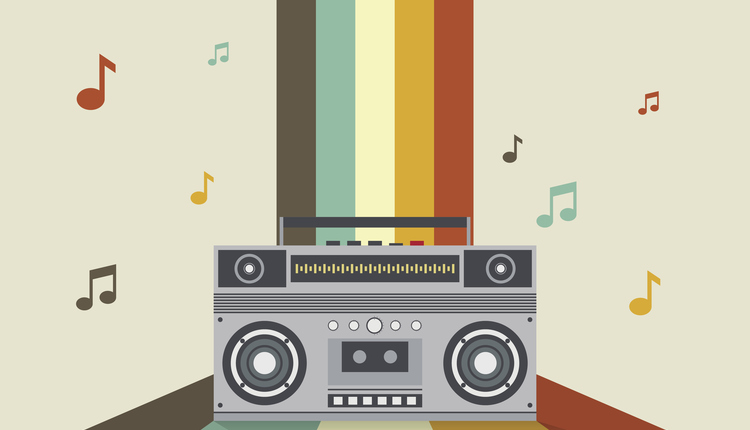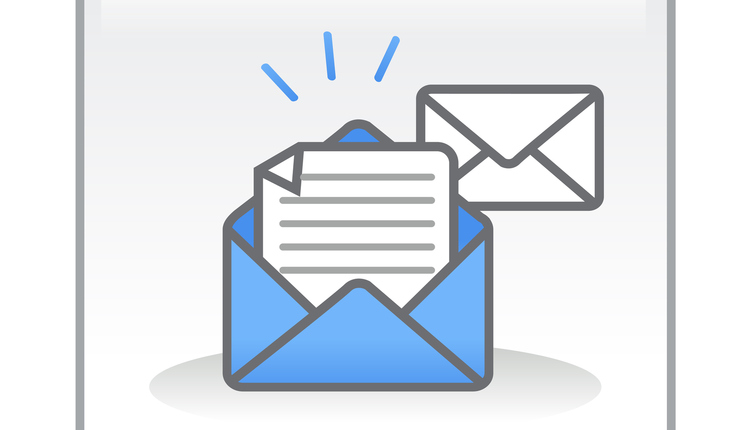So, the holiday season is behind us and we finally get to stop deleting emails, clearing out spam boxes and take the time to look up and appreciate the winter sky as opposed to looking up and dodging a drone dropped package (that last part is a look into the future, I’d suppose). I hope all of you had as great a time as I did duct-taping your laptop to your walls to display the holiday greeting cards you received. And in keeping with the holiday theme, answer the following question:
Dear Editor,
I am a veteran of the mailing industry and see everyone walking around me with their face buried in some type of device reading emails, paying bills and placing orders. Some of my friends say mail is dead. I’ve been told that if you see it in Mailing Systems Technology magazine it is true. So please tell me the truth, is there a place for mail in the digital world?
– Virginia
So Virginia, your friends are wrong. Mail is alive and well. It will continue to be one of the pillars of a successful direct marketing campaign — as it has been since around 1000 B. C. when an Egyptian landowner wrote an advertisement on a piece of papyrus. And it will continue to evolve as it did when billboards, fax machines, telephones, radio and television were introduced to the American public. But this time instead of the invention of the printing press, color and bold graphic, targeted lists and personalization, mail will align itself with digital advances and social media marketing to do what it has always done, whether it’s to brick and mortar or a website: drive traffic.
Some say that digital media might very well be a catalyst to saving hard copy mail. I believe that hard copy mail will be the lynchpin for the future success of digital marketing. Earlier this year, Canada Post published a white paper titled “Breaking through the Noise.” In its introduction, it mentions that the average consumer’s attention span is eight seconds, down from 12 seconds in 2000 (and, interestingly enough, one second less than that of a goldfish). This would make sense if you think about how quick you would need to be to get through the approximately 2,500,000 emails that are sent every second.
In its recently published white paper, “Digital Natives and the Mail,” The United States Postal Service Office of Inspector General had some key findings regarding this demographic and the mail. (Marc Prensky defines the term “digital native” and applies it to a new group of students enrolling in educational establishments, referring to the young generation as “native speakers” of the digital language of computers, videos, video games, social media and other sites on the Internet). Among those findings were:
· Mail still matters to digital natives. Although they rely primarily on digital communications, the emotional connection and utility provided by physical mail generates a strong attachment.
· Mail must be easy to use, relevant, and beneficial to prompt recipient action. The effectiveness of a mail piece innovation depends on the user’s ability to operate the digital features easily and quickly, without having to download new programs. Although the novelty of the innovative mail piece may initially attract a wide range of digital natives, the content of the advertisement must be relevant to their needs to make a lasting impact.
· Digital natives responded well to physical-digital integration. Digital natives are more likely to take notice of communications that present similar messages about the same information over different mediums. This type of multi-channel communication leverages the specific advantages of each channel to create a seamless user experience. Digital natives found mail pieces with digital features more informative, efficient, and useful than mail pieces without them.
· Digital natives responded positively to interactive and well-designed mailpieces. Digital natives were interested in mail pieces enhanced with characteristics like color, high quality paper and unique shapes, as well as mail that integrate interactive digital features, like augmented reality.
In the last few years the USPS has introduced some very cool (so 80s) products out of their New Products and Innovations department, led by Gary Reblin. Utilizing cutting-edge technology, the Postal Service has made mail more powerful than ever. Some, like textured mail, take advantage of enhancements made by the printing community while others, like mail with a QR code, utilize new, and not-so-new, technology to enhance the value of mail. I would encourage marketers to look at products like Near Field Communication, Augmented Reality, Variable Data Printing, Cineprint technology, Video in Print and the currently in test Informed Delivery to help drive their customers’ customers to their websites. Because we know that campaigns that integrate direct mail, web marketing and email can boost responses by 37%. Or your clients could hope that one of the 52,000+ Google searches that occur every second leads a buyer to their website.














